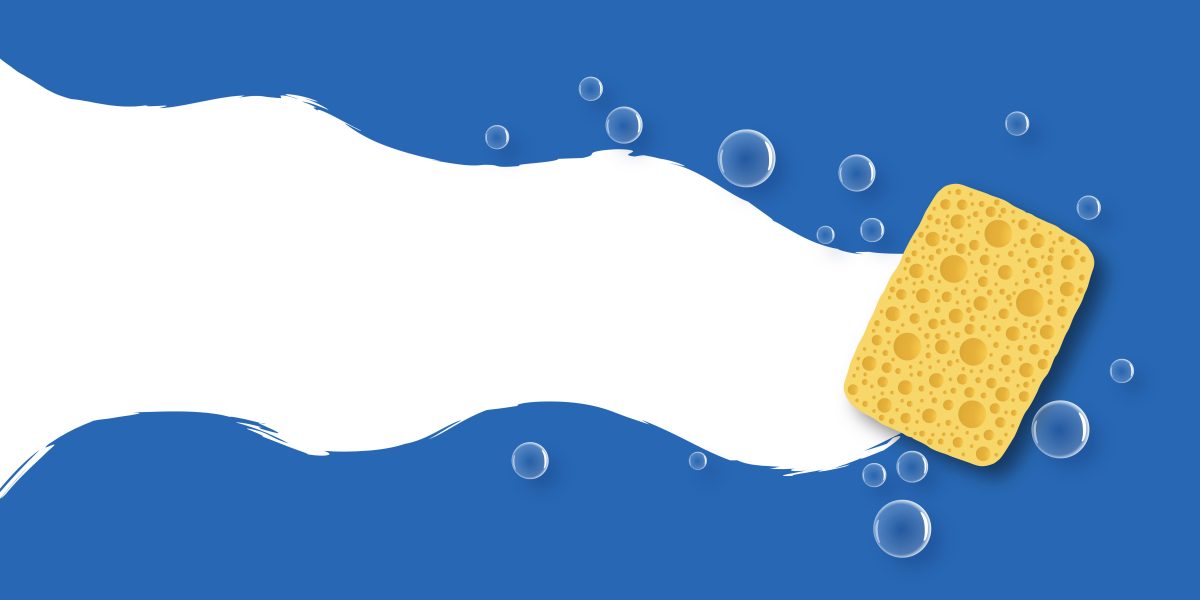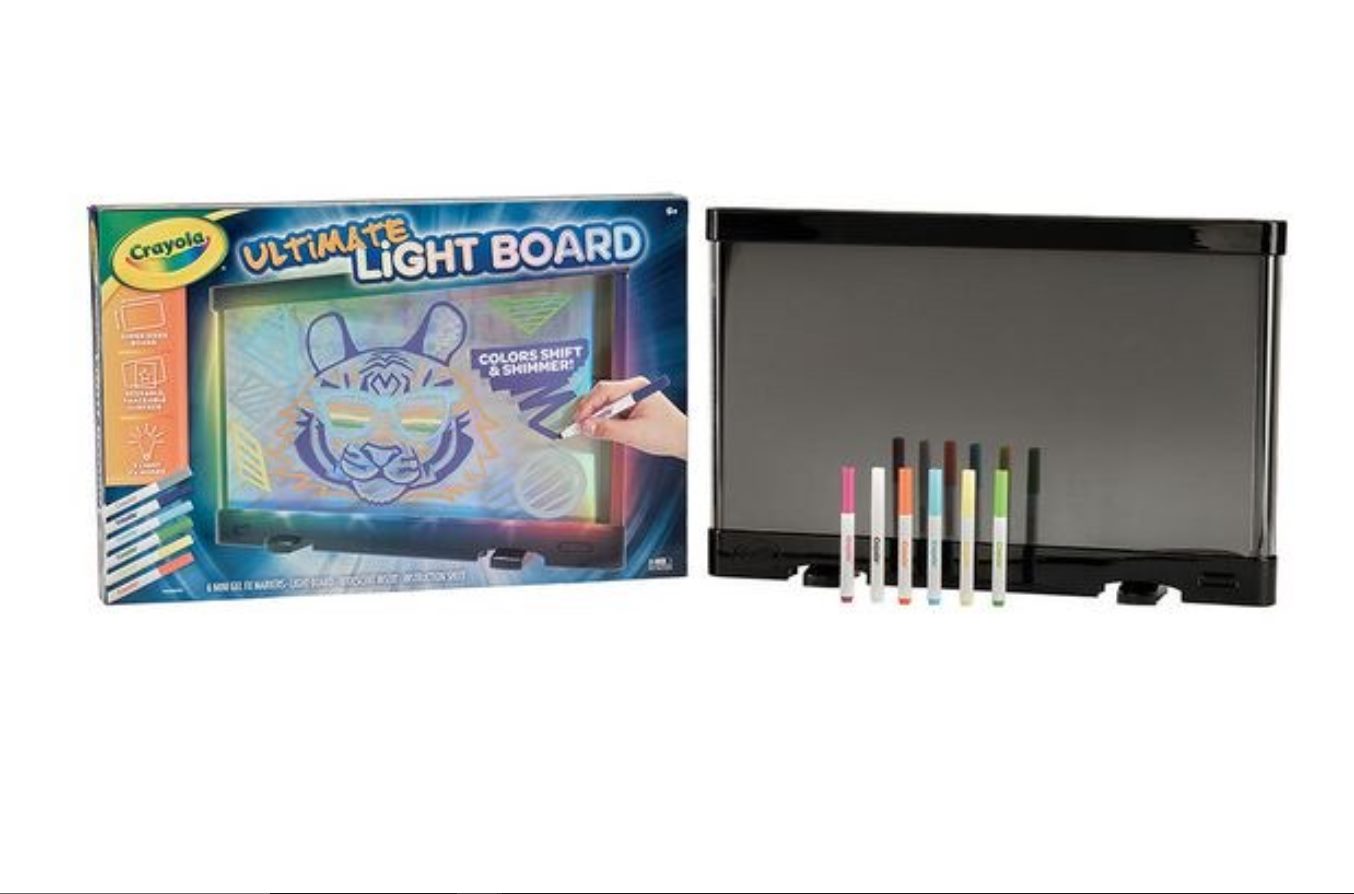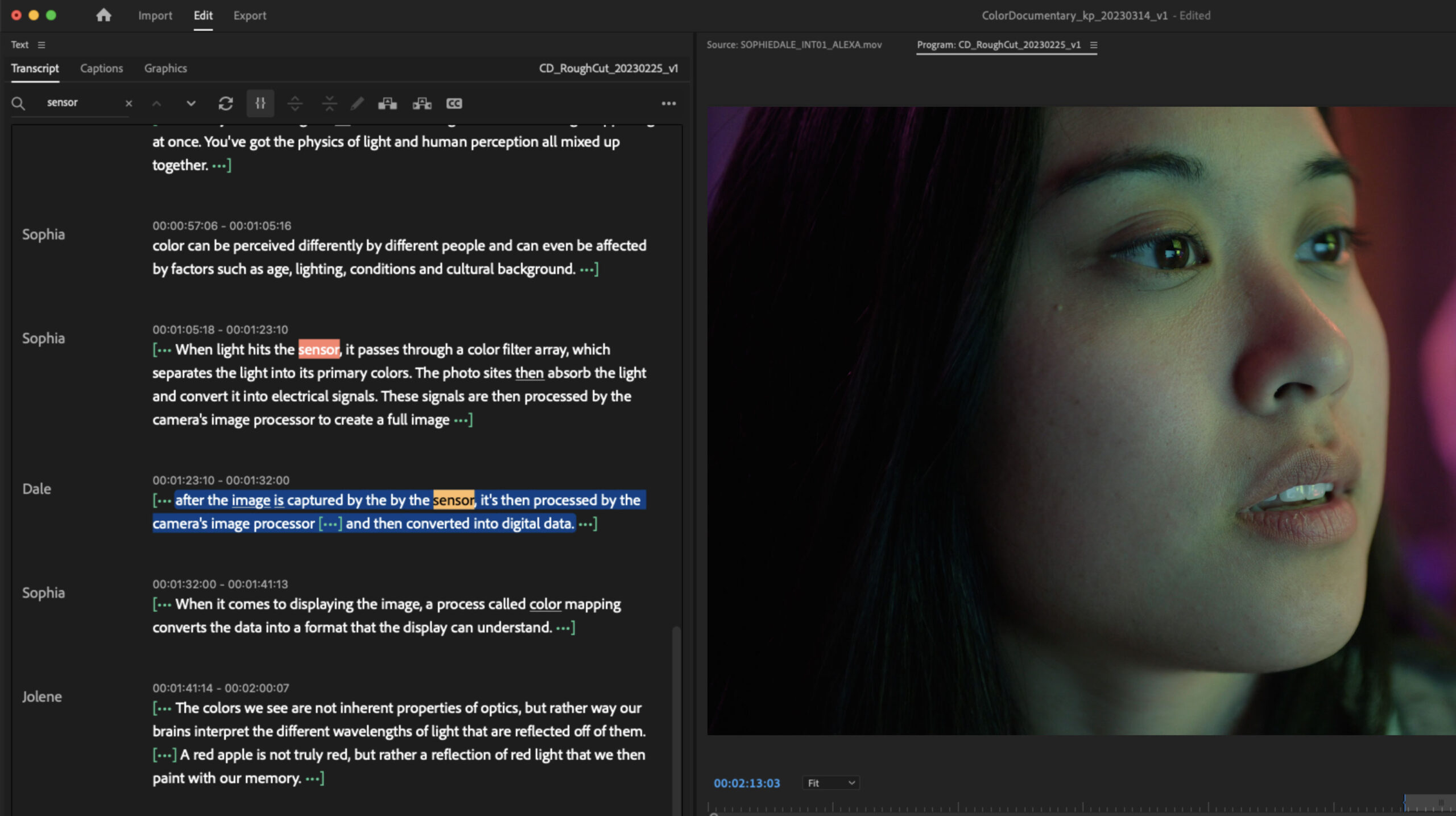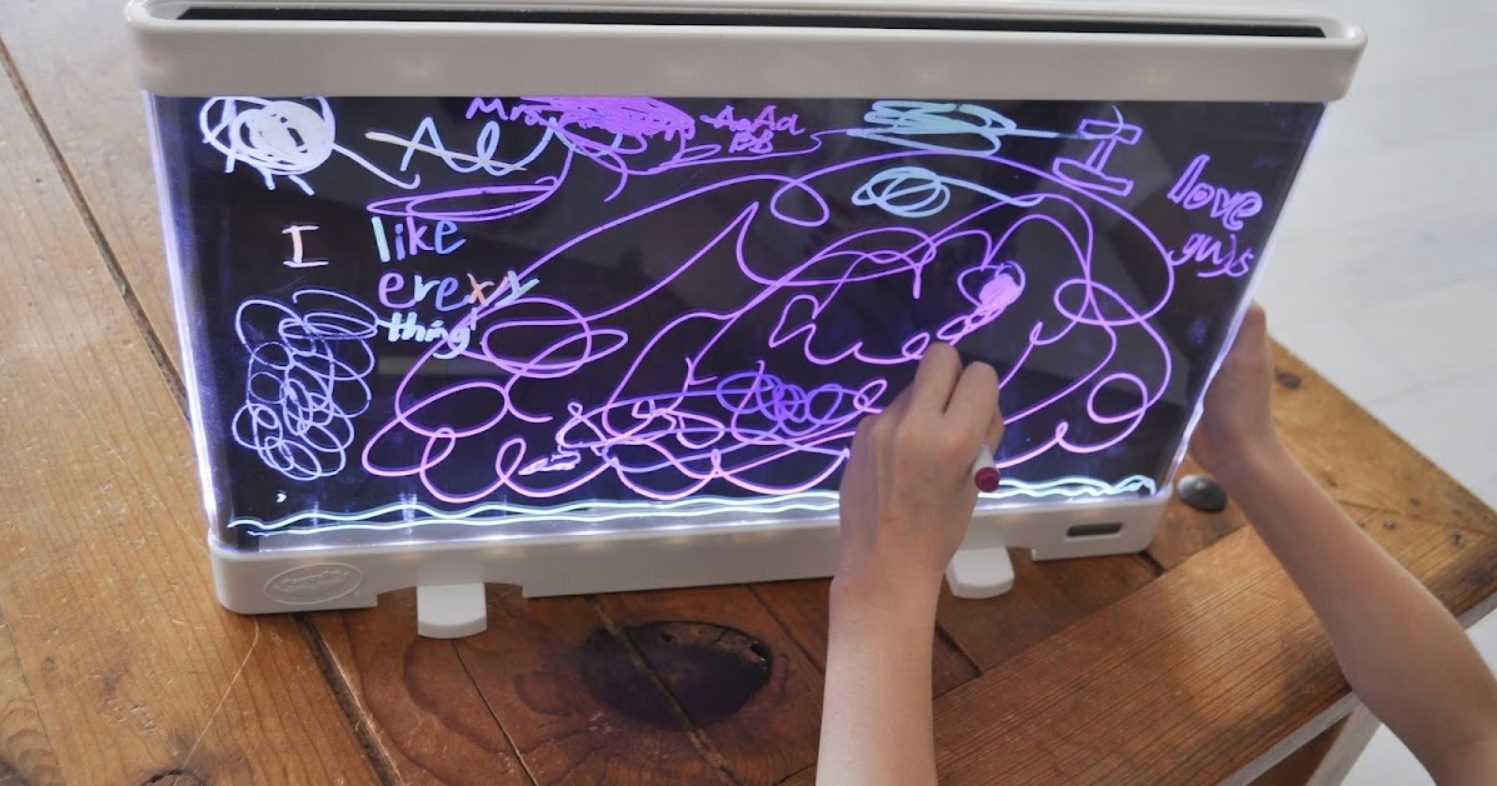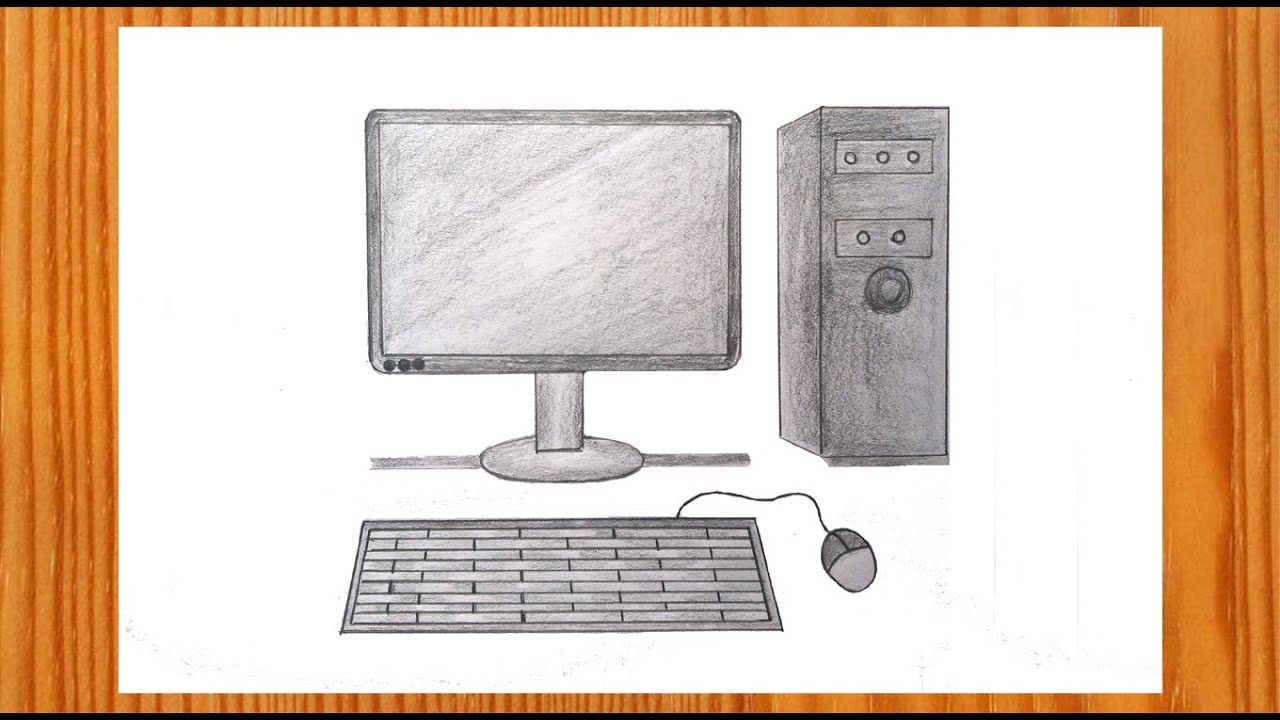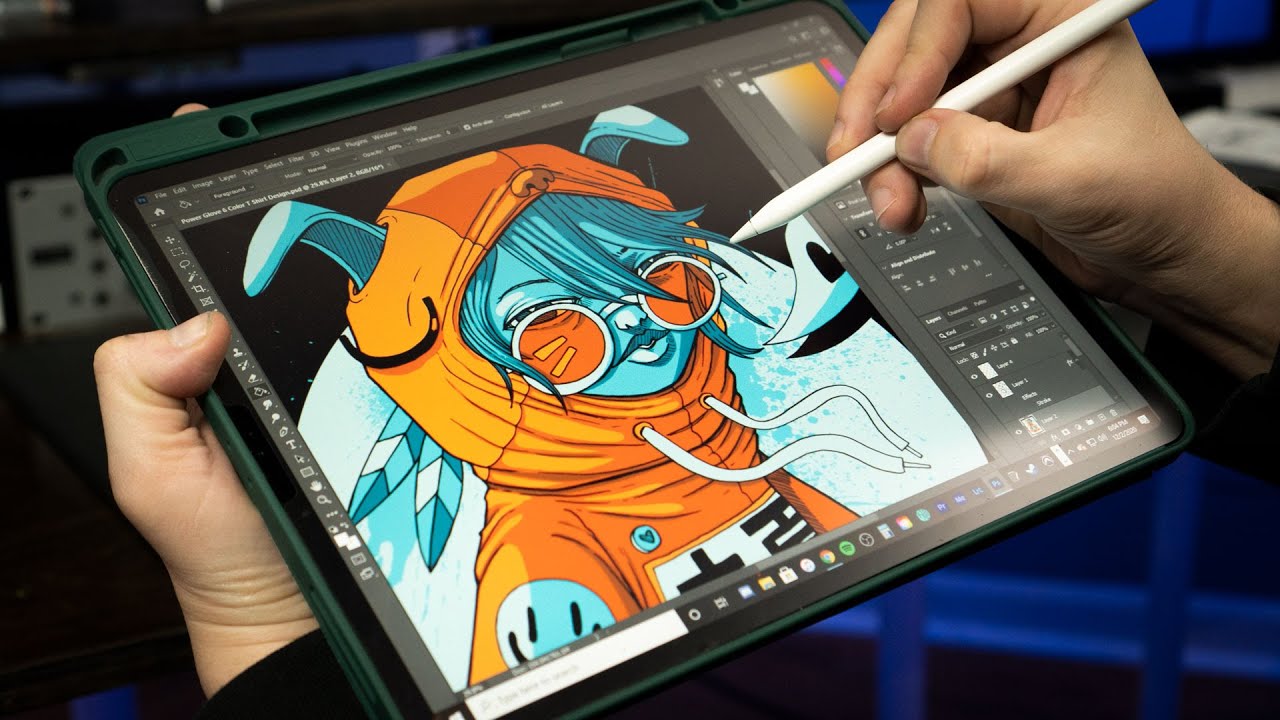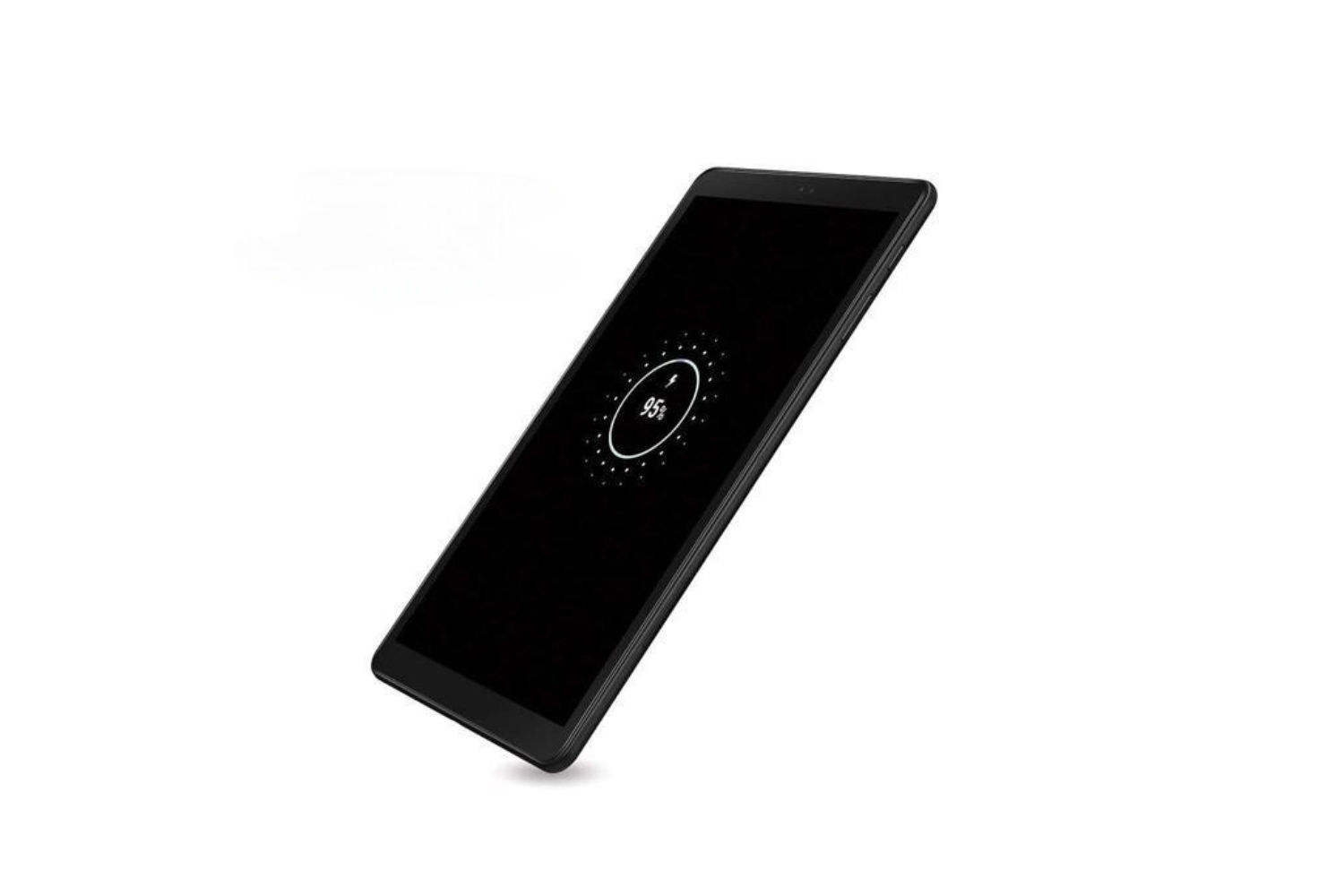Imagine having a visually striking sketch, yet its appeal is dampened by an unattractive or distracting backdrop. That’s where the power of removing the background from your drawing comes into play. This detailed guide will walk you through the process, step-by-step, elucidating how to remove the background from your drawing.
Understanding the Need for Removing Backgrounds in Drawings
The artistic process doesn’t stop when you put down your pencil or brush; in the digital era, it extends to refining your creations through digital enhancement, and a crucial part of this is background removal. This process plays a vital role in elevating your artwork, and understanding its significance can open new doors for your creative endeavors.
Primarily, background removal helps in isolating the subject of your drawing. By eliminating the background, you can bring more focus to your subject, accentuating its details and the narrative it carries. This technique is particularly helpful when your drawing’s background is either too busy or detracts from the subject. The result is a clearer, more potent representation of your masterpiece, allowing viewers to appreciate your artwork without any distractions.
Whether you’re preserving your creations in digital form or sharing them online, removing the background can provide a clean and professional appearance. It can eliminate any unwanted noise like paper texture, smudges, or shadows that may have been captured during the scanning or photographing process. This gives your digitized drawings a neat and polished look, suitable for both online viewing and high-quality printing.
Moreover, if you’re preparing your artwork for graphic design projects, the importance of background removal is even more pronounced. Whether you’re designing logos, making collages, creating print-on-demand merchandise, or integrating your drawings into larger designs, having your artwork on a transparent background gives you flexibility. It allows you to seamlessly blend your artwork into diverse designs and backgrounds, expanding your creative possibilities.
Lastly, in commercial settings, removing backgrounds can be pivotal. If you’re creating designs for products, marketing materials, or digital platforms, a clean, background-free image can interact better with various design elements and text. It can help maintain design consistency, adhere to brand guidelines, and enhance visual communication.
Assembling Your Artwork
As in any creative process, the first step towards removing the background from your artwork is proper preparation. This involves ensuring that your drawings are suitably digitized and optimized for the best possible results. While this may seem like a rudimentary stage, it’s vital not to overlook its significance, as the quality of your final output significantly depends on the quality of the initial input.
If your artwork is physically on paper, the first thing you need to do is digitize it. The most preferred method for this is using a high-resolution scanner. Scanning your artwork allows for a clear, sharp, and detailed digital replica, capturing even the minutest elements of your drawing. The higher the resolution of the scan, the more information is captured, leading to better background removal results. While most modern scanners offer an excellent resolution, try to aim for a minimum of 300 DPI (dots per inch) to ensure adequate detail.
However, not everyone has access to a scanner, and that’s perfectly okay. In this age of smartphones, you have a powerful tool right in your pocket. A high-quality photo using a smartphone can also suffice for digitizing your artwork. The trick here is to ensure you have good lighting conditions to avoid any shadows or glare on the artwork. Natural, diffused daylight usually gives the best results. Hold your phone directly above the artwork to avoid any distortions and try to fill the frame as much as possible with your drawing.
After you’ve digitized your artwork, the next step is to check the image’s quality. On your computer, zoom into the image to see if the details of your drawing are clear and crisp. If you see any blurriness or noise, it might be a good idea to retake the scan or photo. Also, ensure the contrast between the artwork and the background is sufficient, as this can significantly influence the background removal process.
In some cases, you might want to do some preliminary editing before background removal, like adjusting the brightness, contrast, or color balance. This can help further distinguish your artwork from the background and make the removal process smoother. Remember, these initial steps play a significant role in ensuring an accurate and efficient background removal process, setting a strong foundation for your enhanced masterpiece.
Online Tools for Background Removal
There’s a plethora of online tools available today that can assist you in removing backgrounds from your drawings. Let’s look at a few:
Remove.bg
Remove.bg is a user-friendly, online tool that allows for quick and easy background removal. All you need to do is upload your digitized drawing and let the tool work its magic. Within seconds, you have your image sans background.
Icons8’s Background Remover
Background remover is a versatile tool that offers a plethora of resources for designers, including a remarkable background remover. With a simple and straightforward interface, Icons8 allows you to remove the background from your drawing seamlessly, making your artwork ready for further use in seconds.
Clipping Magic
Clipping Magic is another efficient online tool that not only removes backgrounds but also allows you to touch up your image with additional features like shadow generation and color adjustment. The user interface is intuitive, making it a favorite among beginners and professionals alike.
The Process of Background Removal
The process of removing backgrounds from drawings varies slightly depending on the tool you use. Generally, it involves uploading your image, and the tool will auto-detect and remove the background. Some tools offer additional manual adjustments if the auto result isn’t perfect. Remember, a bit of practice and patience can go a long way in getting that perfect result.
Pro Tips to Enhance the Outcome
While these tools make the process easy, following some pro tips can help enhance the outcome. Always ensure your initial image is clear and well-lit, with a stark contrast between the subject and the background. This makes the background removal process more precise. Don’t shy away from manual adjustments if necessary – they can help you achieve the perfect finish.
Retaining the Original Essence of Your Drawing
As you venture into the world of background removal, it’s critical not to lose sight of the original essence of your artwork. It’s advisable to always keep an untouched copy of your original drawing. This way, you’ll always have a backup, and you can appreciate the journey your artwork has undertaken, from sketch to digitized design.
Beyond the Artwork: Additional Applications of Background Removal
Once you’ve mastered background removal from your drawings, you’ll find this skill has a myriad of other applications. From product photography to logo design, social media content creation to customized merchandise design, the possibilities are limitless.
Conclusion
So there you have it, an in-depth guide on how to remove the background from your drawing. You’re now equipped with all the knowledge and resources you need to make your artwork stand out. So why wait? Give it a shot and let your creativity shine!







